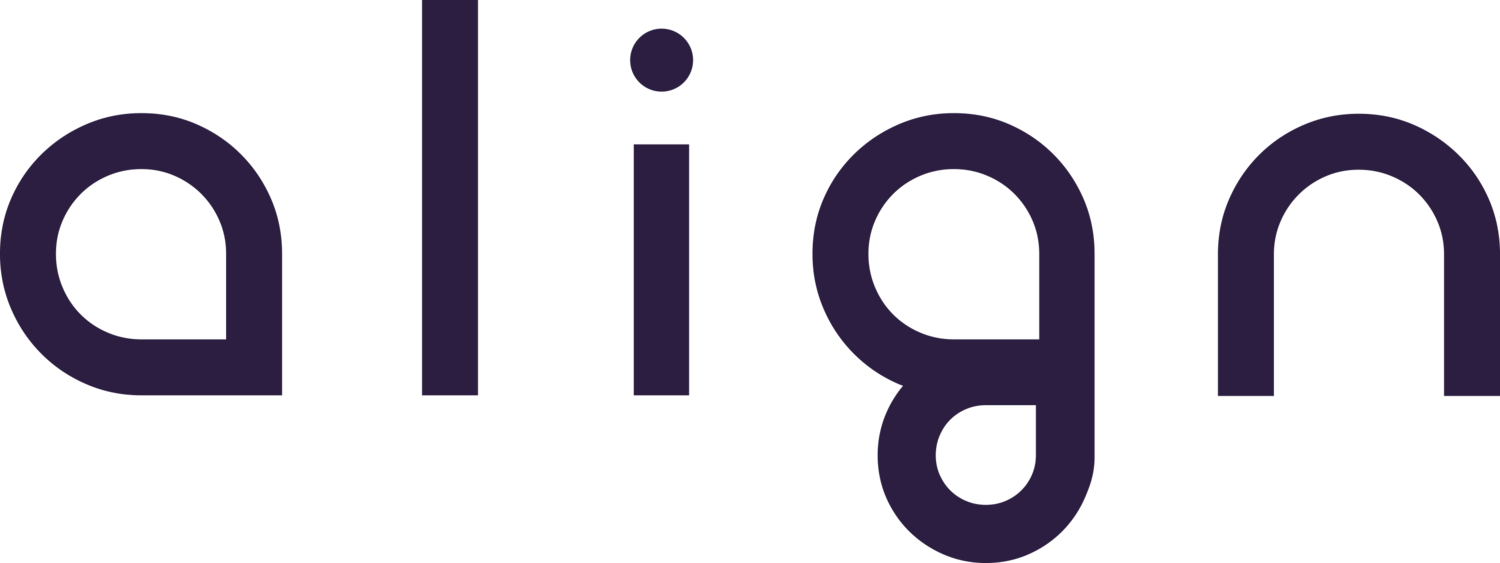Multitasking is expensive
As I’m writing this, I can see out of the corner of my eye the various red notification bubbles we’ve all come to know as messages demanding my attention. Really, what’s the harm in taking 5 seconds to glance and send a quick response?
As it turns out, there’s plenty of harm. Distractions account for most lost efficiency and a lot of errors these days — these negative impacts are what psychologists refer to as “switching cost.” And the real harm is not in the immediate time or focus lost, it’s the harmful pattern of inefficiency that is created when we give in — we’re actually shaping our brains by taking these repeated actions.
Humans have always multitasked to a certain extent, but the constant deluge of notifications and the intrusive nature of modern distractions has dramatically increased the rate at which we’re switching our attention throughout the day. People often tout their ability to “multitask” as some badge of honor, I’ve seen it listed on resumes and LinkedIn profiles, but in the clinical psychology world, this constant redirecting of attention is widely regarded as negative for both the person and the tasks at hand. Every repetitive behavior we engage with has an impact on our brain development and mental health. Research shows that multitasking really doesn’t pay off in the end and even causes some major health issues over time. When we talk about burnout, we’re often talking about the culminating exhaustion of a long-sustained group of subtle behaviors that add up. It’s why people experiencing burnout can’t really pinpoint a major issue or project that has driven them to this point.
As we learn more about the brain, we have the opportunity to use this knowledge to our advantage — to reshape our behaviors and make better choices. You might have recently come across the documentary The Social Dilemma on Netflix. It’s a pretty sobering overview of how much of our behavior is guided and incentivized by the technology we rely on. It’s not accidental that notifications come at certain times or in particular formats, some of our best scientists have studied the way our brains respond to these prompts and, in turn, used that information to drive more engagement within social media apps. These notifications tempt us to constantly multitask and this results in a horrendous amount of switching cost.
Luckily, it’s not all bad news. There is great research being done by people like Adam Gazzaley, M.D., Ph.D., Professor in Neurology, Physiology, and Psychiatry at the University of California San Francisco and the author of The Distracted Mind. He was recently featured on Sam Harris’s Making Sense podcast discussing how we can reverse our course and begin to enjoy the luxury of sustained attention again. There are tons of articles about reducing or removing distractions (I really love what Zapier has published in the link below).
We’ve been working to identify the factors that make up satisfying and effective work — the modes, environments, and the kinds of kryptonite distractions that can ruin great work. It seems like the rest of the tech landscape is approaching the problems with surface-level solutions around task management and employee engagement. And, admittedly, these pieces are easier to tackle than the deeper issues. But we’re not interested just in task management or productivity — we believe work is a state of mind, not just a place you go. What if those great scientists turned their efforts towards eliminating distraction and increasing satisfying, focus-filled experiences instead of driving app engagement and social network dwell times?
Sometimes simpler is better. I hope that the future of workplace design will be born from a deeper understanding of the entire context of how work is done and what makes it effective and satisfying.
If we’re lucky, maybe it will feel a bit more like the ’90s.
What’s working in the news:
Zapier — The True Cost of Multitasking Isn't Productivity—It's Mental Health Great read here about the costs of multitasking and how to get tech help to combat it.
Sam Harris Making Sense Podcast —The Price of Distraction Interview with Adam Gazzaley author of ‘The Distracted Mind’
Harvard Science in the News — Dopamine, Smartphones & You: A battle for your time
